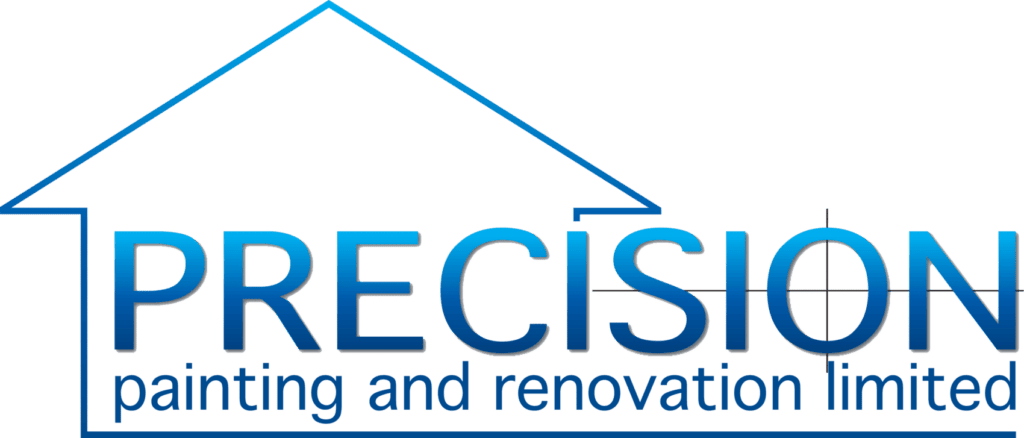Renovating a commercial space is more than structural upgrades and modern fixtures; it involves creating an environment that leaves a lasting impression. One of the most transformative yet often overlooked elements is Commercial Painting Services. The right painting approach can enhance a building’s aesthetics, improve employee morale, and even increase property value. Prioritizing painting in renovations ensures that every design choice, from lighting to furniture, harmonizes with the overall vision of the space.
The Role of Commercial Painting in Renovations
Painting does more than just add color to walls. It plays a crucial role in defining spaces, influencing mood, and protecting surfaces. Renovations often involve significant investment in interior design, flooring, and fixtures. Skipping or delaying painting can reduce the overall impact of these upgrades.
High-quality commercial painting offers:
-
Enhanced Aesthetics: Color selection and finishes can modernize the space or align with a brand’s identity.
-
Surface Protection: Paint acts as a barrier against moisture, dust, and environmental wear.
-
Longevity: Properly applied paints prevent premature deterioration, reducing maintenance costs.
-
Safety and Compliance: Some paints meet fire-resistant or anti-microbial standards essential for commercial properties.
How Painting Shapes Perceptions?
Commercial spaces convey messages without words. The colors, textures, and finishes influence how employees, clients, and visitors perceive the environment. For example:
-
Bright Colors: Encourage energy and creativity in offices or co-working spaces.
-
Neutral Tones: Provide a calming and professional atmosphere in healthcare or corporate settings.
-
Bold Accents: Draw attention to specific areas like reception desks or display walls.
Cost Efficiency of Prioritizing Painting
Integrating painting into the early stages of renovation saves both time and money. Attempting to repaint after furniture installation or flooring completion often leads to additional labor, covering, and potential damage to other surfaces. Prioritizing painting ensures:
-
Smooth workflow with minimal disruption.
-
Reduced risk of errors or overlapping work.
-
Optimal application of finishes and protective coatings.
Types of Commercial Painting Techniques
Selecting the right technique can influence both the appearance and longevity of painted surfaces. Common techniques include:
-
Roller and Brush Application: Ideal for walls and smaller areas, providing uniform coverage.
-
Spray Painting: Efficient for large areas and textured surfaces, offering a smooth, professional finish.
-
Protective Coatings: Specialized paints guard against moisture, UV damage, and frequent contact.
-
Textured Finishes: Add depth and character to spaces, enhancing visual interest.
Choosing the Right Colors and Finishes
Color psychology in commercial settings is significant. It can influence productivity, creativity, and client perception. Finishes also play a functional role:
-
Matte Finishes: Conceal imperfections, offering a subtle and professional look.
-
Gloss Finishes: Reflect light and highlight architectural details, but require precise application.
-
Semi-Gloss or Satin: Provide durability while remaining visually appealing, perfect for high-traffic areas.
Coordination With Renovation Elements
Commercial painting should align with flooring, furniture, lighting, and décor. Ignoring this can result in mismatched aesthetics or the need for costly adjustments. Coordinating painting schedules ensures that:
-
Furniture and fixtures complement the wall colors.
-
Lighting enhances paint tones effectively.
-
The overall design theme feels cohesive.
Environmental Considerations
Modern commercial painting emphasizes sustainability. Low-VOC paints and eco-friendly materials contribute to healthier indoor air quality. Prioritizing painting in renovation allows for:
-
Integration of environmentally safe paints.
-
Reduced chemical exposure for workers and occupants.
-
Long-lasting finishes with minimal environmental impact.
Maintenance and Longevity
High-quality commercial painting reduces long-term maintenance costs. When incorporated early:
-
Surfaces remain cleaner for longer.
-
Walls are less prone to chipping, peeling, or discoloration.
-
Touch-ups are easier and less costly over time.
Psychological and Productivity Benefits
Employees and clients experience spaces differently based on design elements. Well-executed commercial painting:
-
Boosts employee motivation and comfort.
-
Encourages creativity and focus in collaborative areas.
-
Leaves a positive impression on visitors, potentially influencing business outcomes.
Final Considerations
Renovation projects often emphasize structural or technological upgrades. While important, neglecting painting can undermine all other investments. Making commercial painting a priority ensures that spaces are visually appealing, durable, and aligned with both functional and aesthetic goals.

